Currently Empty: $0.00
Tai Chi Knowledge
Tai Chi Chuan meaning origins health benefits explained
Folks searching for define tai chi chuan want more than just a simple dictionary meaning. This old Chinese tradition mixes martial arts, meditation and movement in a special way. Wondering about its health perks, history or how it’s different from other workouts? We’ll explain everything from basics to real-world uses.
Table of Content
- Tai Chi Chuan definition and core principles
- Difference between tai chi and tai chi chuan
- Health benefits of practicing tai chi chuan
- Tai chi chuan for stress relief and mental health
- Basic tai chi chuan movements for beginners
- Tai chi chuan vs other martial arts comparison
- History and philosophy behind tai chi chuan
- Scientific research on tai chi chuan effectiveness
- Common mistakes when learning tai chi chuan
- Tai chi chuan for specific health conditions
- Choosing tai chi chuan style that suits you
- Tai chi chuan equipment and clothing basics
- Finding qualified tai chi chuan instructors
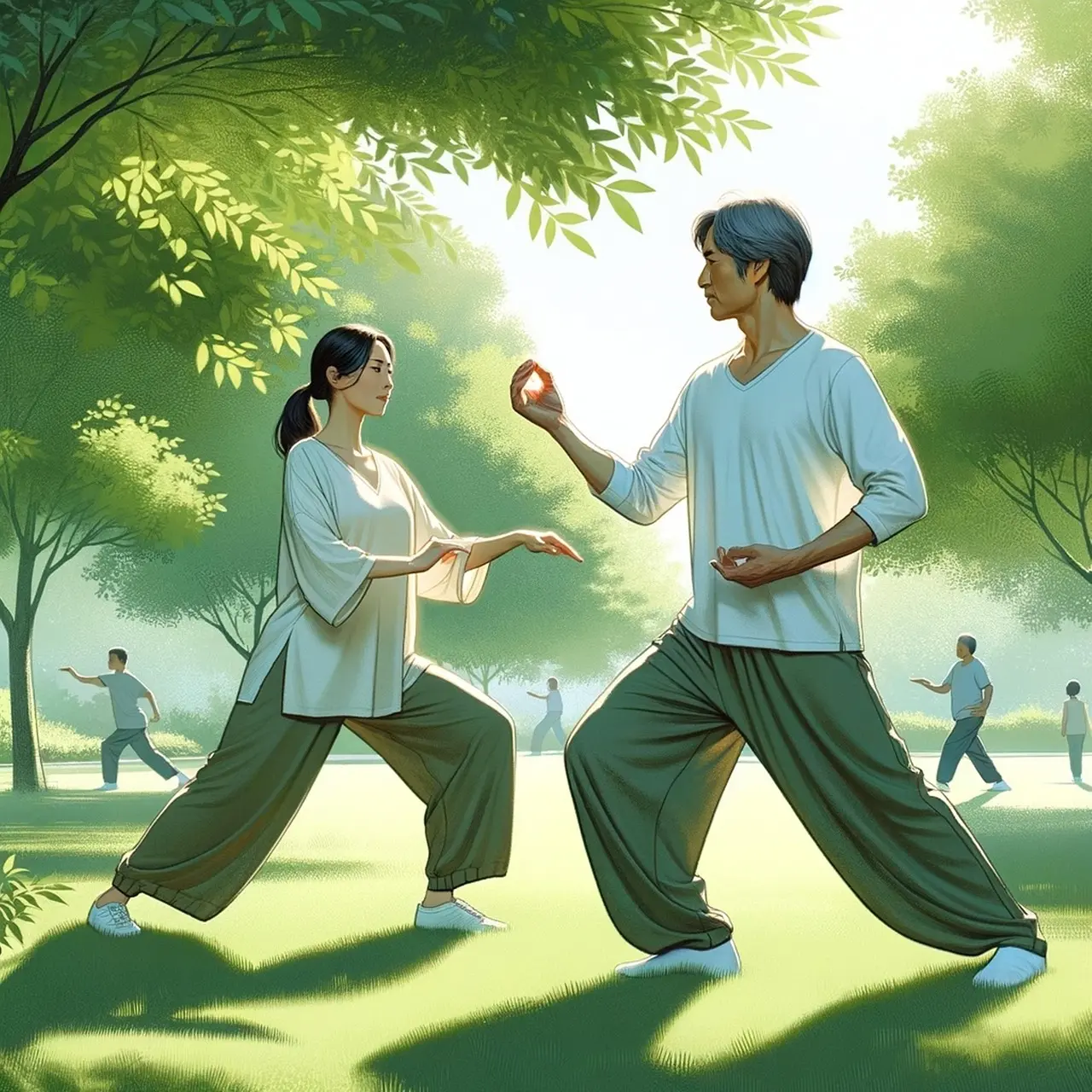
Tai Chi Chuan definition and core principles
Tai Chi Chuan means supreme ultimate fist – showing it started as a fighting style but has deep philosophy too. It’s not like that coding language with a similar name. This is about slow, careful moves that build life energy (qi) and boost body-mind health.
Harvard researchers found regular tai chi cuts seniors fall risk by 45% – that’s how good it is for balance. There are five main styles (Chen, Yang, Wu, Hao, Sun), each focusing on different things like fighting skills or health benefits. What’s special about tai chi chuan? It works on relaxing, posture, breathing and focus all at once – like meditation in motion.
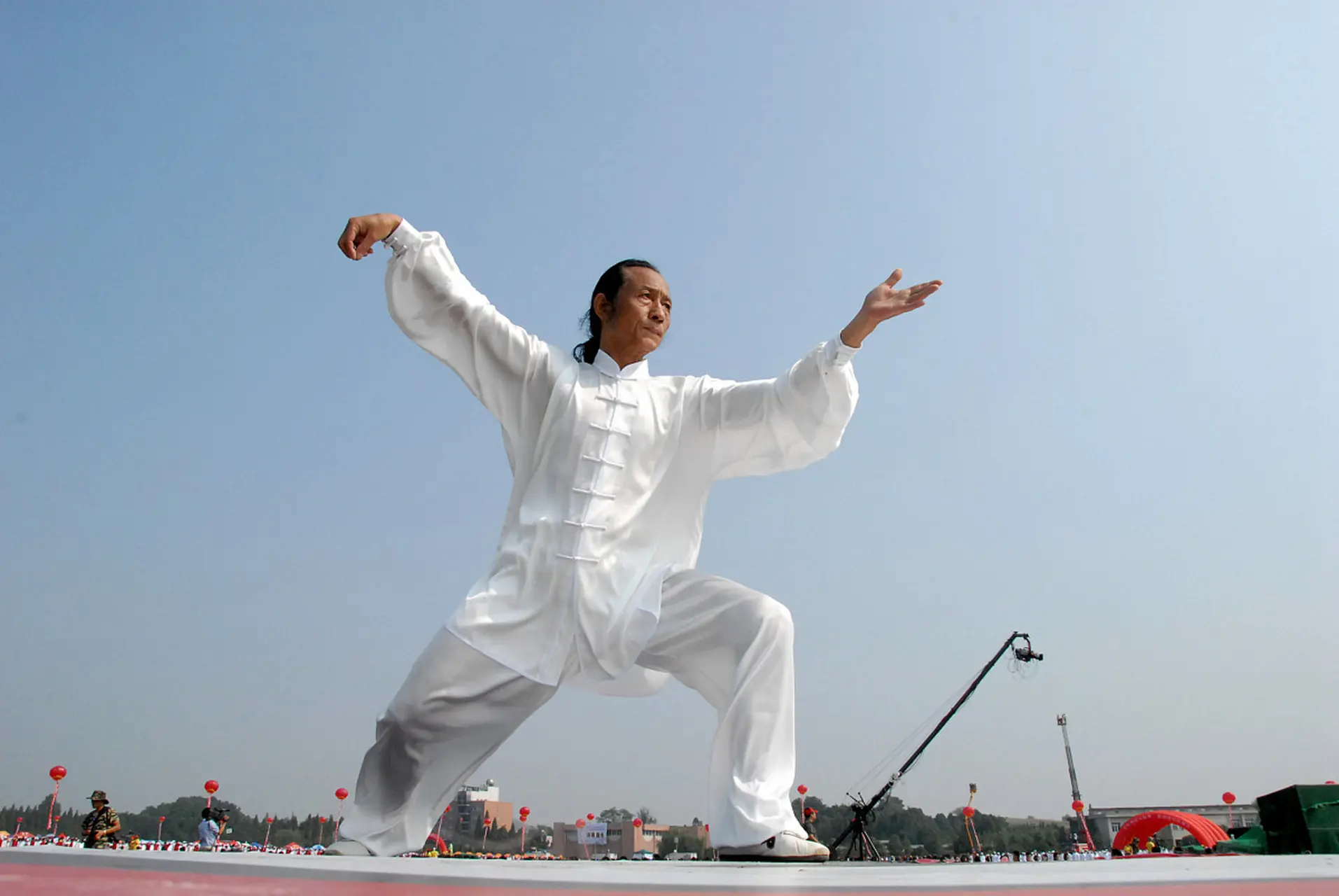
Difference between tai chi and tai chi chuan
Lots of newbies get confused about tai chi vs tai chi chuan.
People use these terms interchangeably, but tai chi chuan means the full martial art, while tai chi can mean simpler exercise versions. Real tai chi chuan training covers forms (movement sequences), pushing hands drills, weapons practice and self-defense moves.
Like Master Cheng Man-ch’ing put it, tai chi chuan is like moving calligraphy – each move tells the whole story. Today’s exercise tai chi usually skips the fighting parts but keeps the health perks. A 2018 study showed both types help older folks brains. Picking a class? Decide if you want the full martial art (tai chi chuan) or just the health-focused version (tai chi).
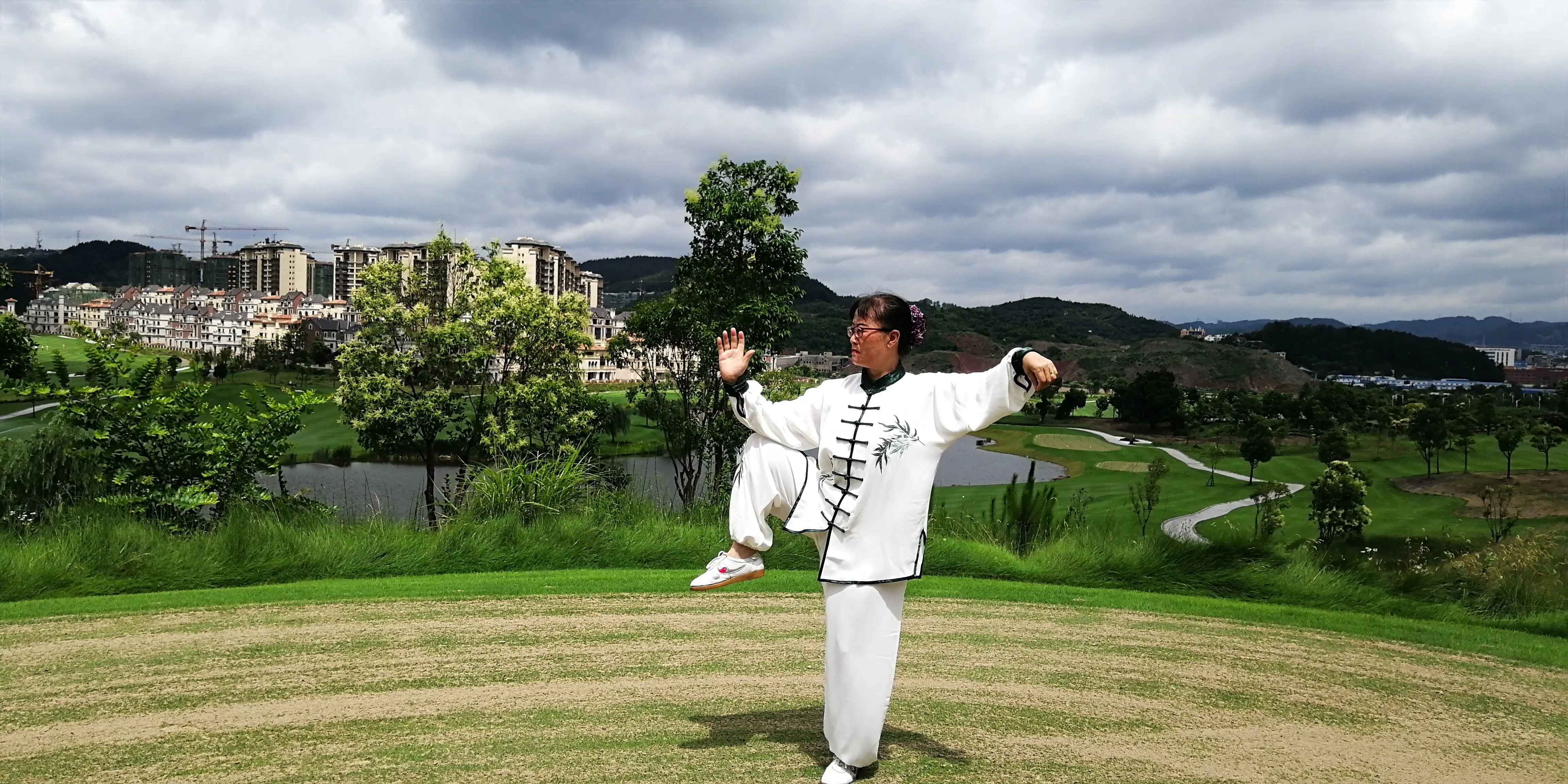
Health benefits of practicing tai chi chuan
Tai chi chuan does way more than just lower stress – though that’s a big plus.
The Mayo Clinic says it helps arthritis pain – people report 30-40% less joint pain after 3 months. It’s easy on joints, great for rehab. Physical therapists often use adapted tai chi moves for knee replacement patients.
The breathing methods can boost lung power by 20% for COPD folks, says the American Lung Association. Here’s a shocker – a 2022 study found tai chi chuan builds strength like weight training, proving it’s not just soft movements. It helps with everything from blood pressure to better sleep – the benefits match the whole-body approach.
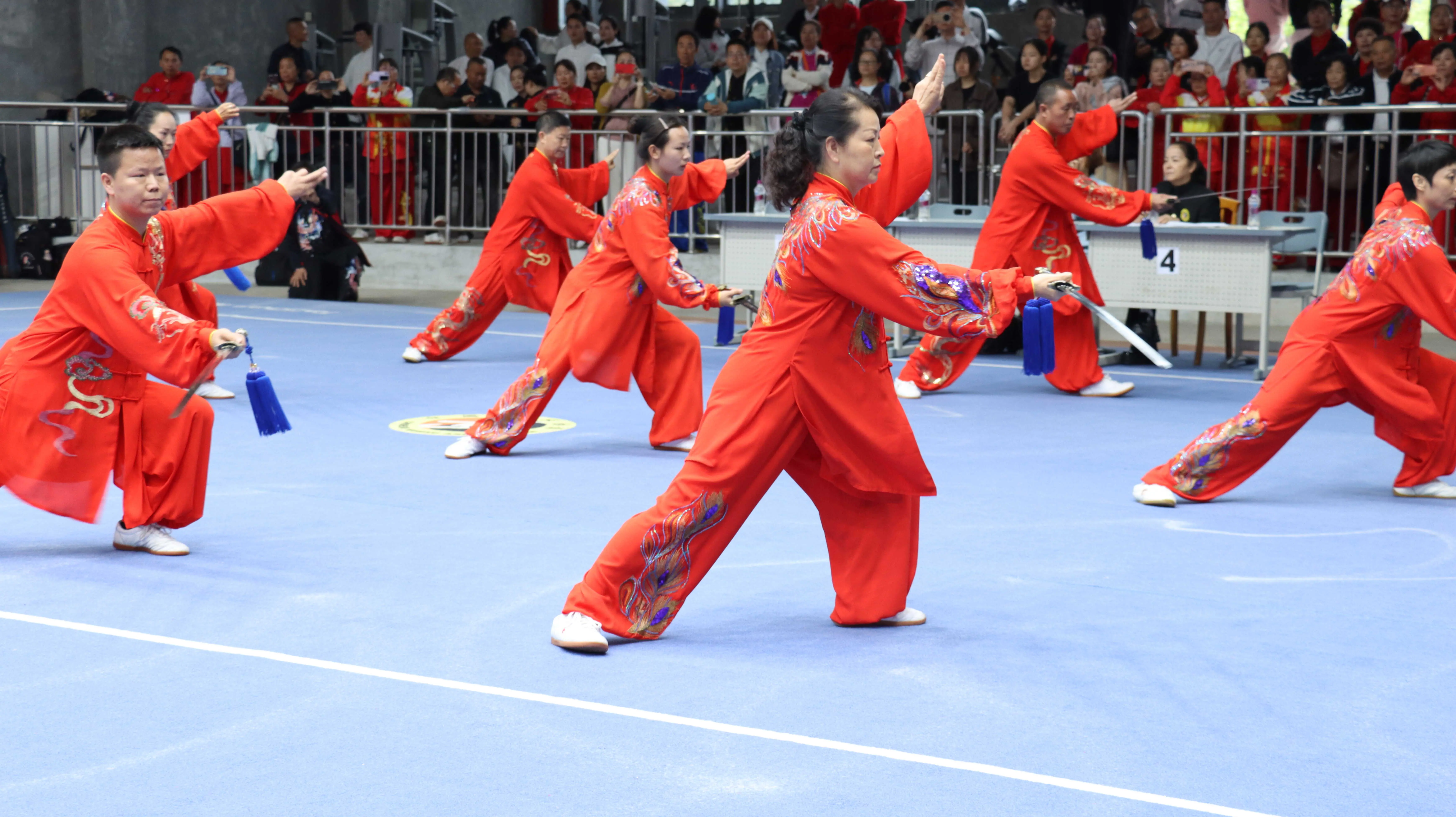
Tai chi chuan for stress relief and mental health
In today’s hectic world, tai chi chuan gives you a chance to slow down and tune in.
The mix of flowing moves and deep breathing helps you relax, cutting stress hormones by 27% on average (2021 study). Unlike sitting still to meditate, tai chi chuan keeps your busy mind occupied – great for folks who can’t do regular mindfulness.
Lots of companies now offer tai chi breaks – Google’s Singapore office gets 68% of staff joining lunchtime sessions. It’s not just stress relief – regular practice improves body awareness and might slow brain aging. A 70-year-old student told me: After six months, I feel back in control of my body and mind.
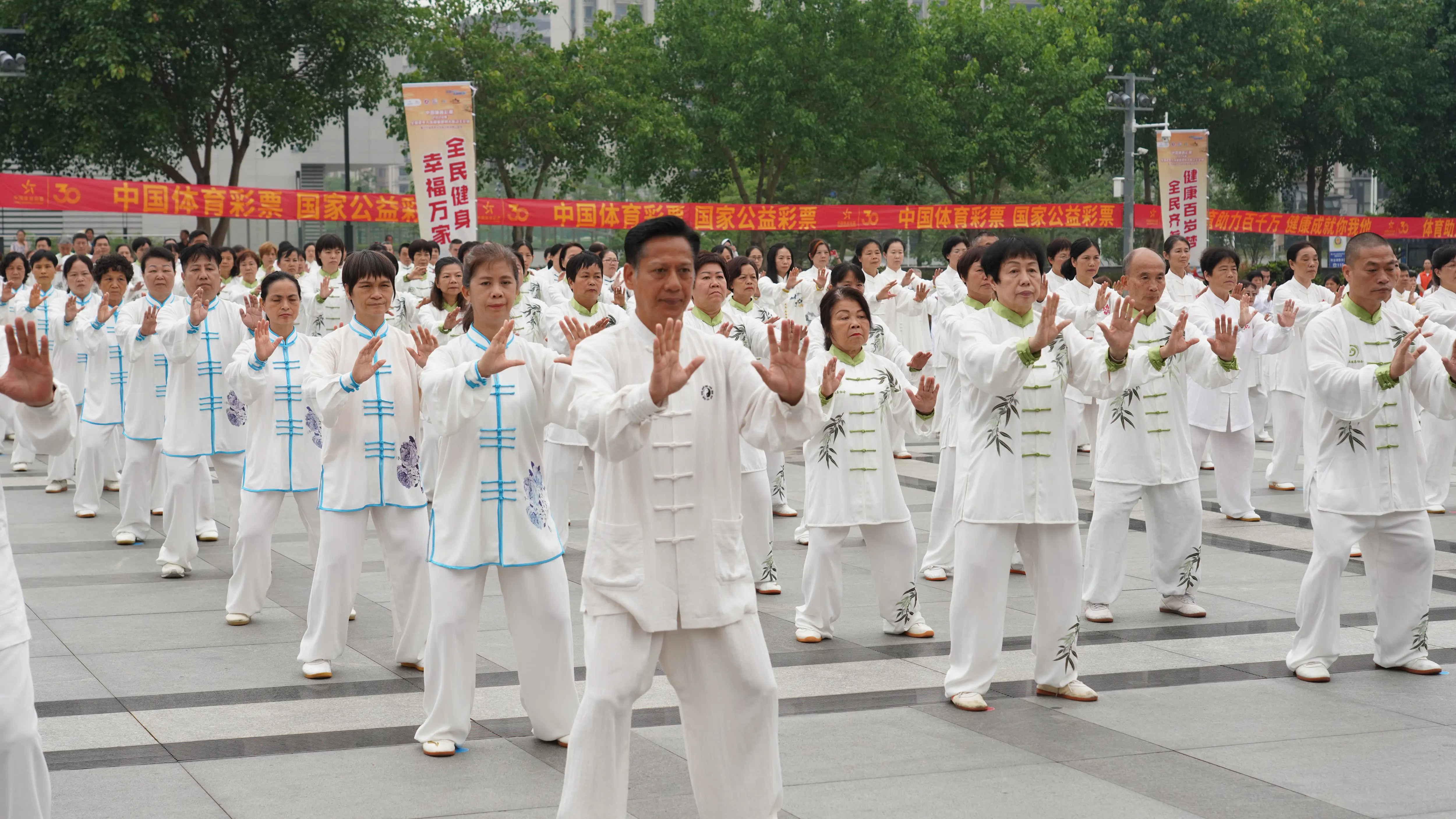
Basic tai chi chuan movements for beginners
You don’t need gear or to be super flexible to start tai chi chuan – just willingness to try. The Grasp Sparrow’s Tail moves (ward-off, roll-back, press, push) teach basics like shifting weight and moving smoothly.
Cloud Hands – those side-to-side flowing moves – boost balance and show how to move from your core. Just standing in Wuji pose builds leg strength – students are shocked how hard it is to hold for five minutes! At home, try just 10 minutes daily of the opening form (Commencement) – it sets up good posture and breathing. It’s not about perfect poses but mindful flow. Like they say: do it a thousand times to really get it.
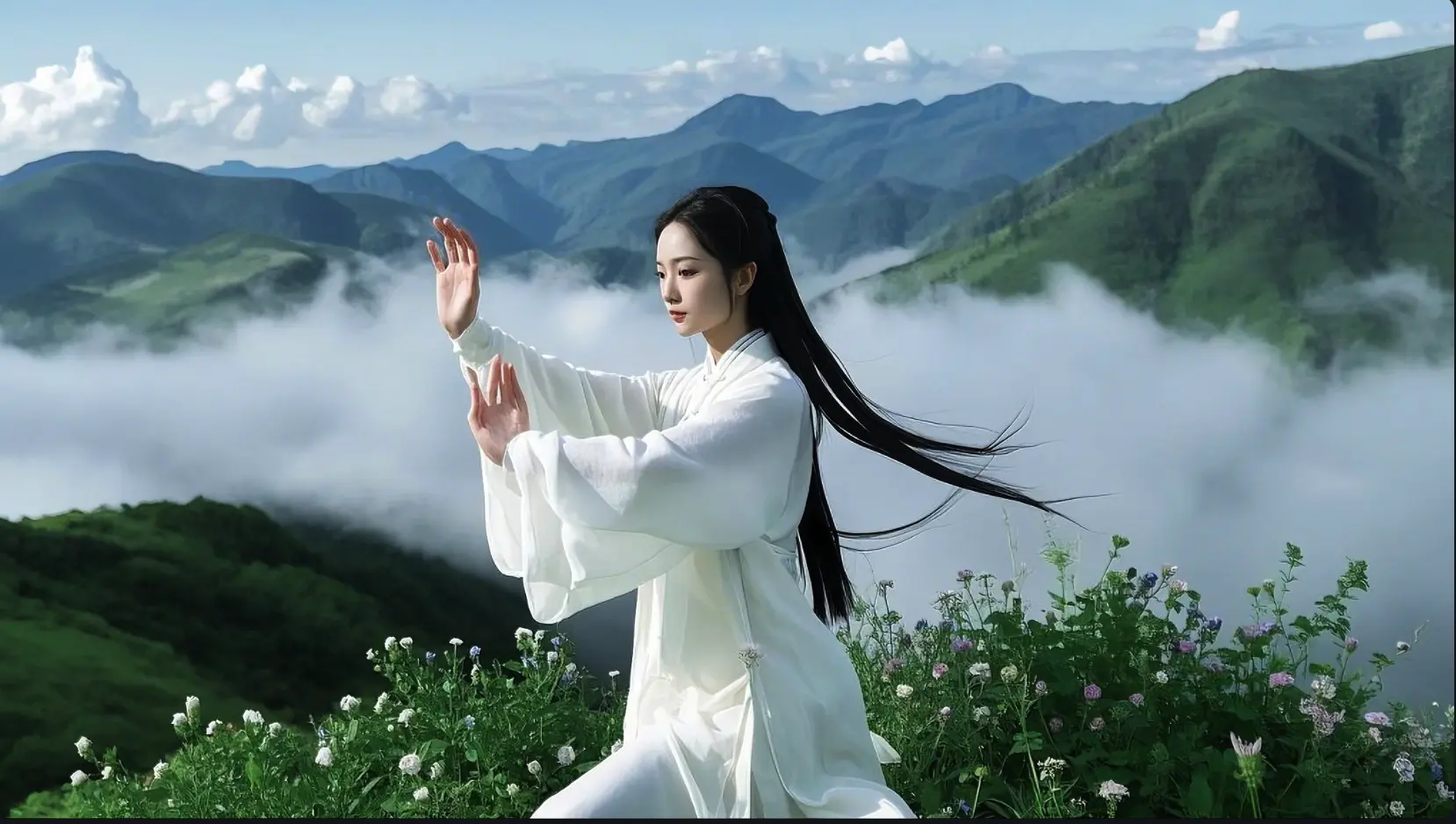
Tai chi chuan vs other martial arts comparison
Unlike karate’s hard hits or judo’s throws, tai chi chuan focuses on redirecting force and feeling your opponent.
Don’t let the soft look fool you – the same things that make it good therapy also work for self-defense. Boxing uses muscle power, but tai chi chuan uses leverage and timing – a small person can handle a bigger attacker.
It’s not just about moves – while other martial arts push hard training, tai chi chuan teaches relaxation as a skill. Don’t think it’s weak – even China’s military uses tai chi chuan for close fighting. Like Bruce Lee said, tai chi chuan is about giving way smartly – but in a way that controls the fight.
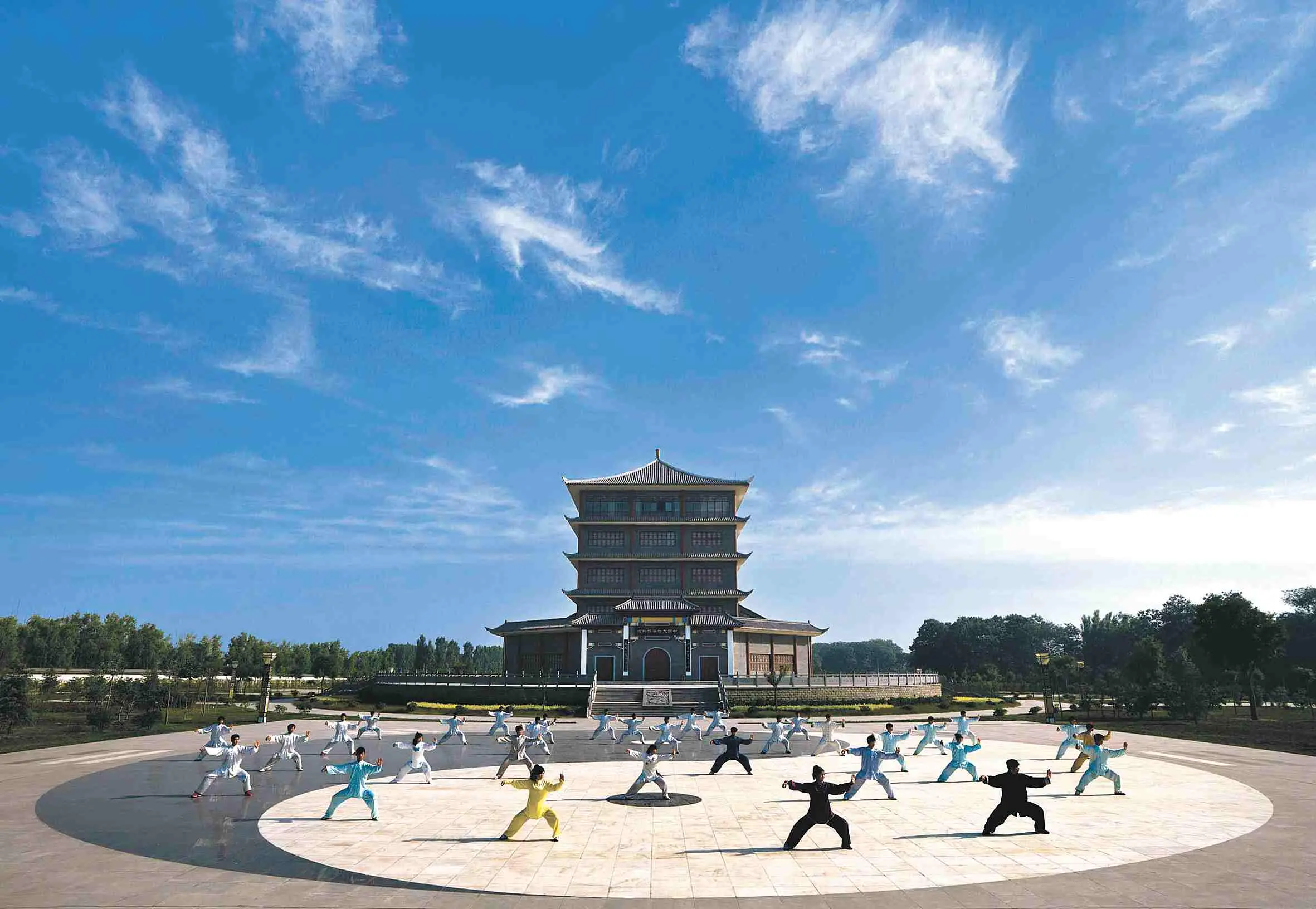
History and philosophy behind tai chi chuan
It started in 17th century Chen Village, though stories say Taoist monk Zhang Sanfeng invented it.
It mixes Taoist yin-yang ideas, Confucian morals and Buddhist awareness. Unlike Western workouts for burning fat, tai chi chuan balances opposites – hard/soft, fast/slow, solid/light.
Old texts talk about standing firm like a tree and flowing like a big river. Tai chi chuan almost disappeared during China’s Cultural Revolution until masters like Yang Chengfu kept it alive. Its creators would be shocked – now over 250 million people worldwide practice it, says UNESCO. Like historian Douglas Wile says, tai chi chuan lasted because it’s not just fighting – it’s life philosophy in motion.
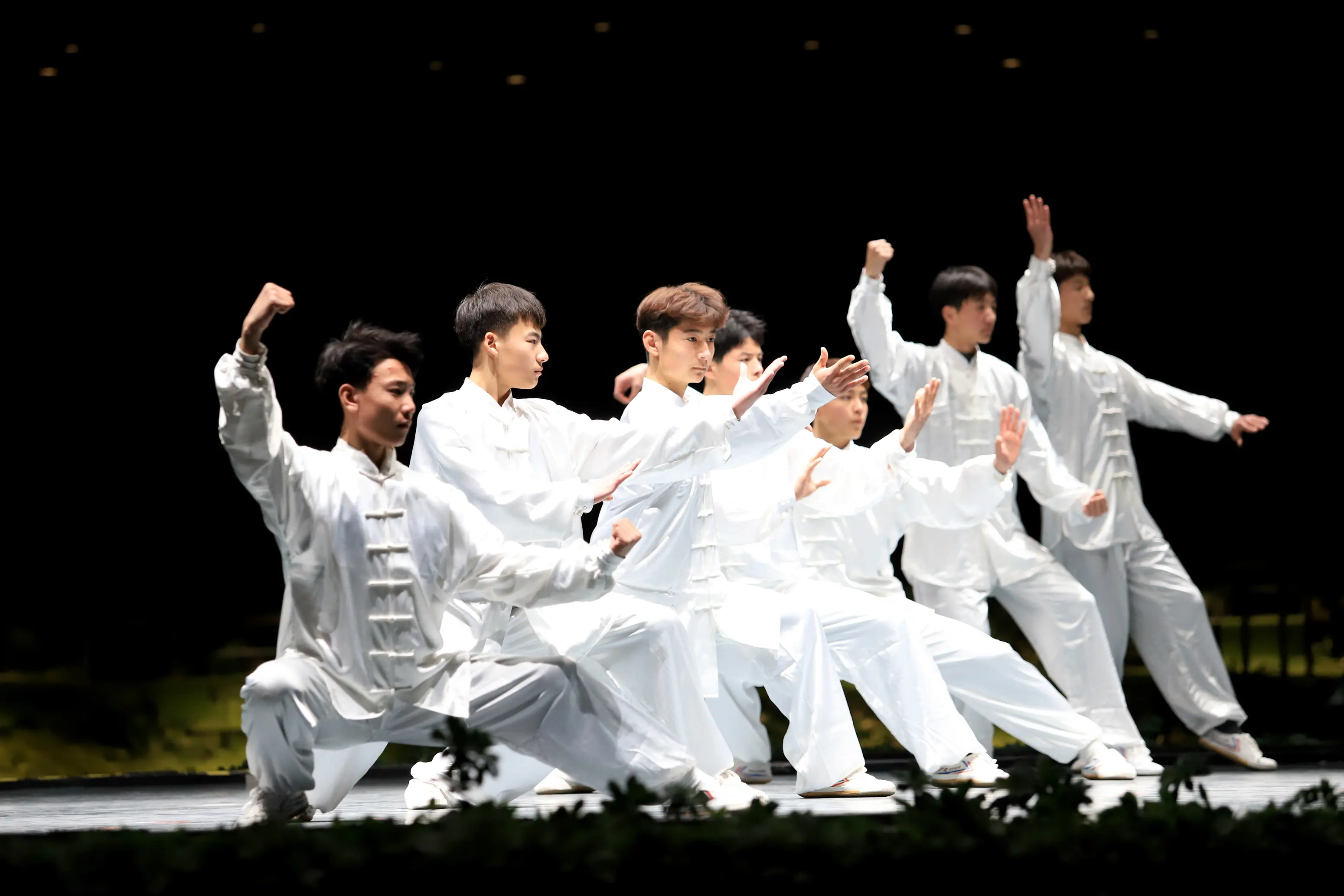
Scientific research on tai chi chuan effectiveness
Now science proves what practitioners always knew.
A 2023 review of 77 studies found tai chi chuan beats regular exercise for better balance and fewer falls. Brain scans show it boosts gray matter in areas linked to memory and thinking skills.
The slow moves create special muscle patterns – tests show muscles working together in ways most exercises don’t. Even that empty force idea (power without touching) got studied – Arizona researchers measured real energy field changes during push-hands. Some mysteries remain, but clearly tai chi chuan’s benefits are real – science backs its centuries-old tradition.
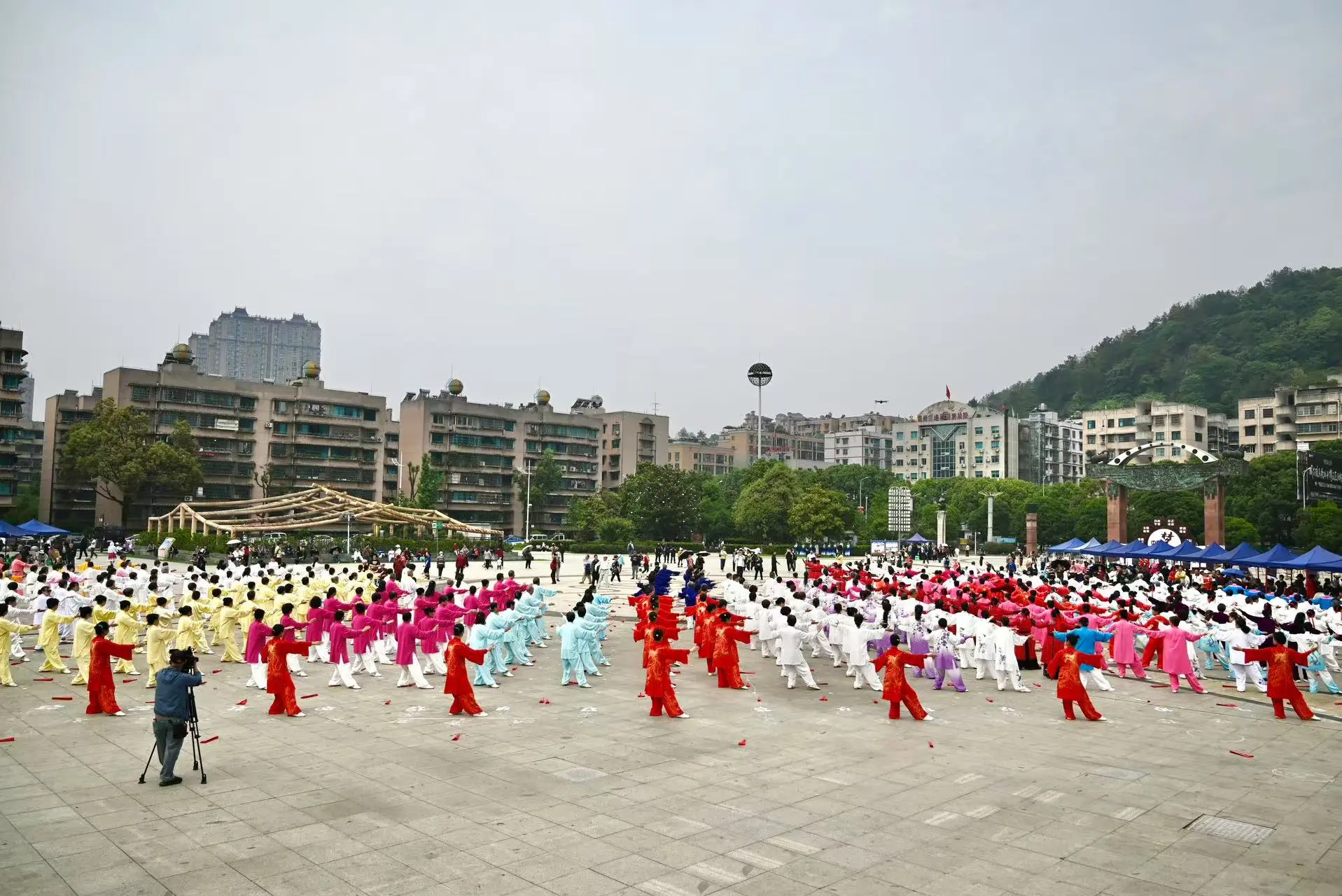
Common mistakes when learning tai chi chuan
Those simple-looking tai chi chuan moves have tricky details beginners usually overlook.
Biggest mistake? Hurrying through moves to learn the sequence but messing up posture and breathing. Other goofs: stiff joints (mostly shoulders), weak breathing, and working arms too much while ignoring legs.
Some students take years fixing a slouched waist or tight wrists – bad habits die hard. Another mistake? Thinking it’s just physical. Real tai chi chuan uses mind focus (yi) to guide energy (qi). My first teacher said: Practicing wrong is like carrying water in a bucket with holes. Good teaching counts – self-taught folks develop more posture problems than those with teachers.
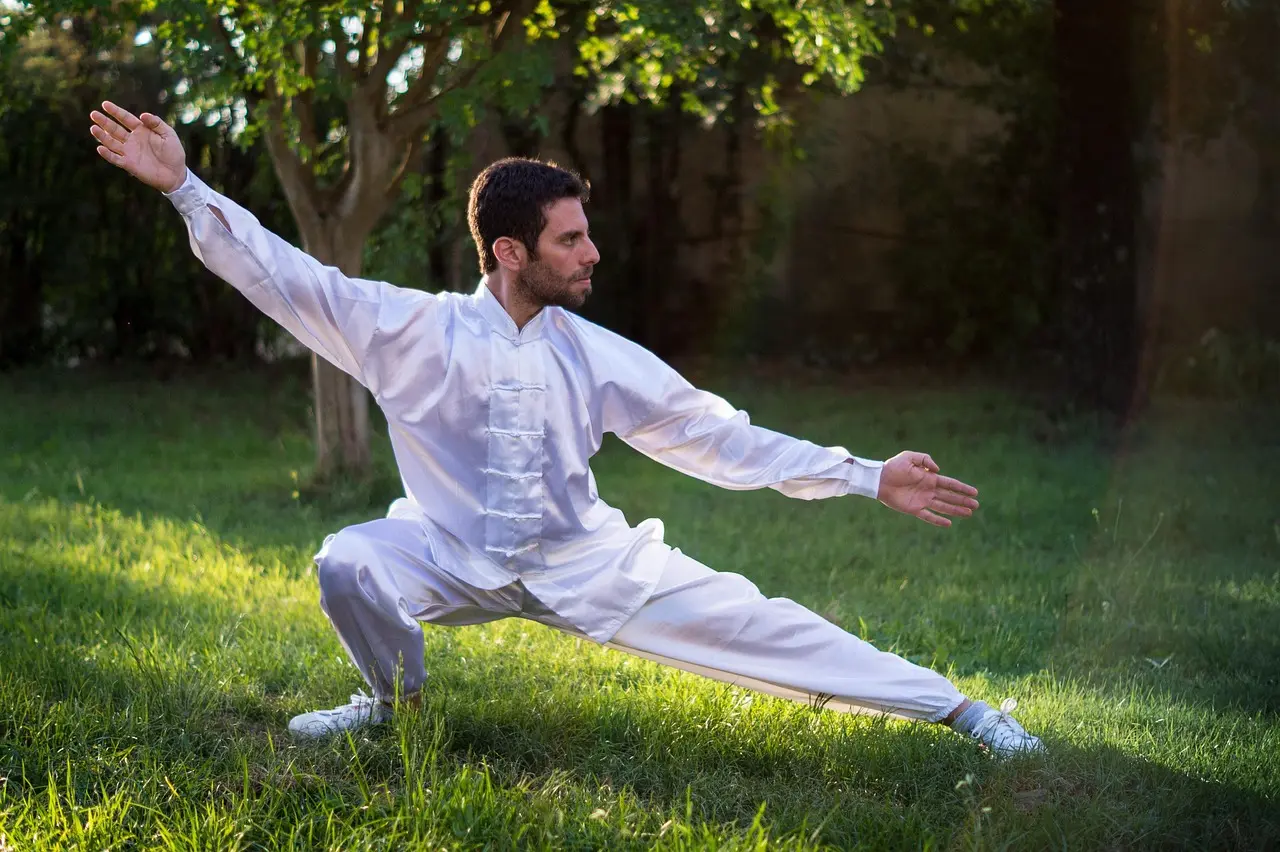
Tai chi chuan for specific health conditions
Adapting tai chi chuan for health issues means knowing both the art and the medical condition.
For Parkinson’s folks, big, careful moves fight stiffness and shuffling – an Oregon program cut falls by 37%. Chair tai chi helps MS patients strengthen their core without tiring out.
For chronic pain like fibromyalgia, the soft weight changes seem to retrain how the body feels pain. Heart rehab programs use tai chi chuan’s steady breathing to calm heart rhythms. But be careful with some conditions – bad osteoporosis means no deep poses, and vertigo may need adjusted turns. Always consult healthcare providers before starting, especially with complex medical histories.
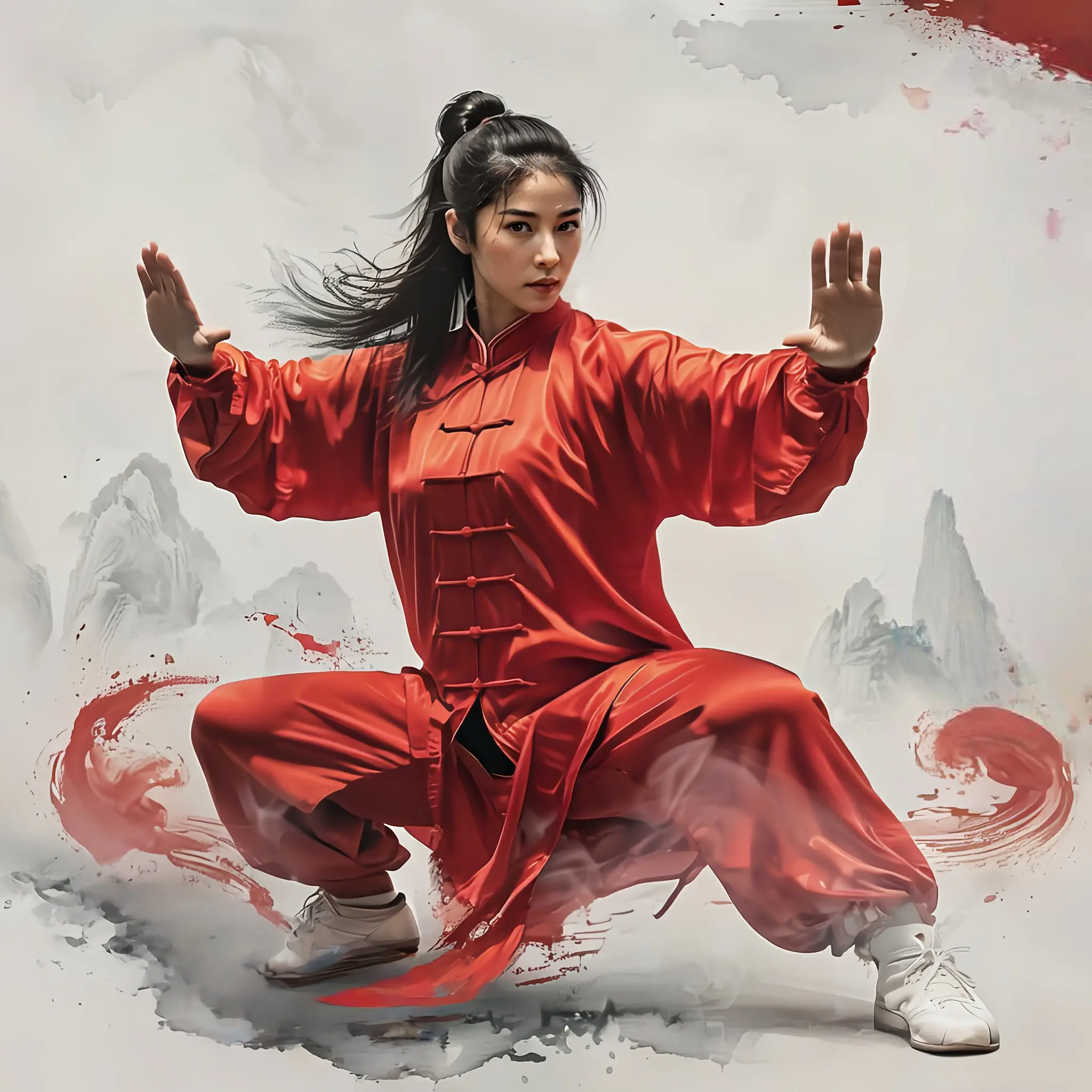
Choosing tai chi chuan style that suits you
With five major tai chi chuan styles, selecting one depends on your goals and physical condition.
Yang style’s wide stances and even tempo make it ideal for beginners and rehabilitation. Chen style’s explosive fa jin movements appeal to martial artists but demand better fitness.
Wu style’s compact frame benefits those with limited space or mobility. Sun style incorporates qigong steps and suits arthritis sufferers. Rare Hao style emphasizes internal aspects but is harder to find. I advise trying introductory classes in multiple styles – notice which feels most natural to your body. As Grandmaster Wu Tu-nan advised, Don’t judge a style by its appearance; judge by how it makes you feel during and after practice. Many modern teachers blend elements, creating hybrid approaches for contemporary needs.
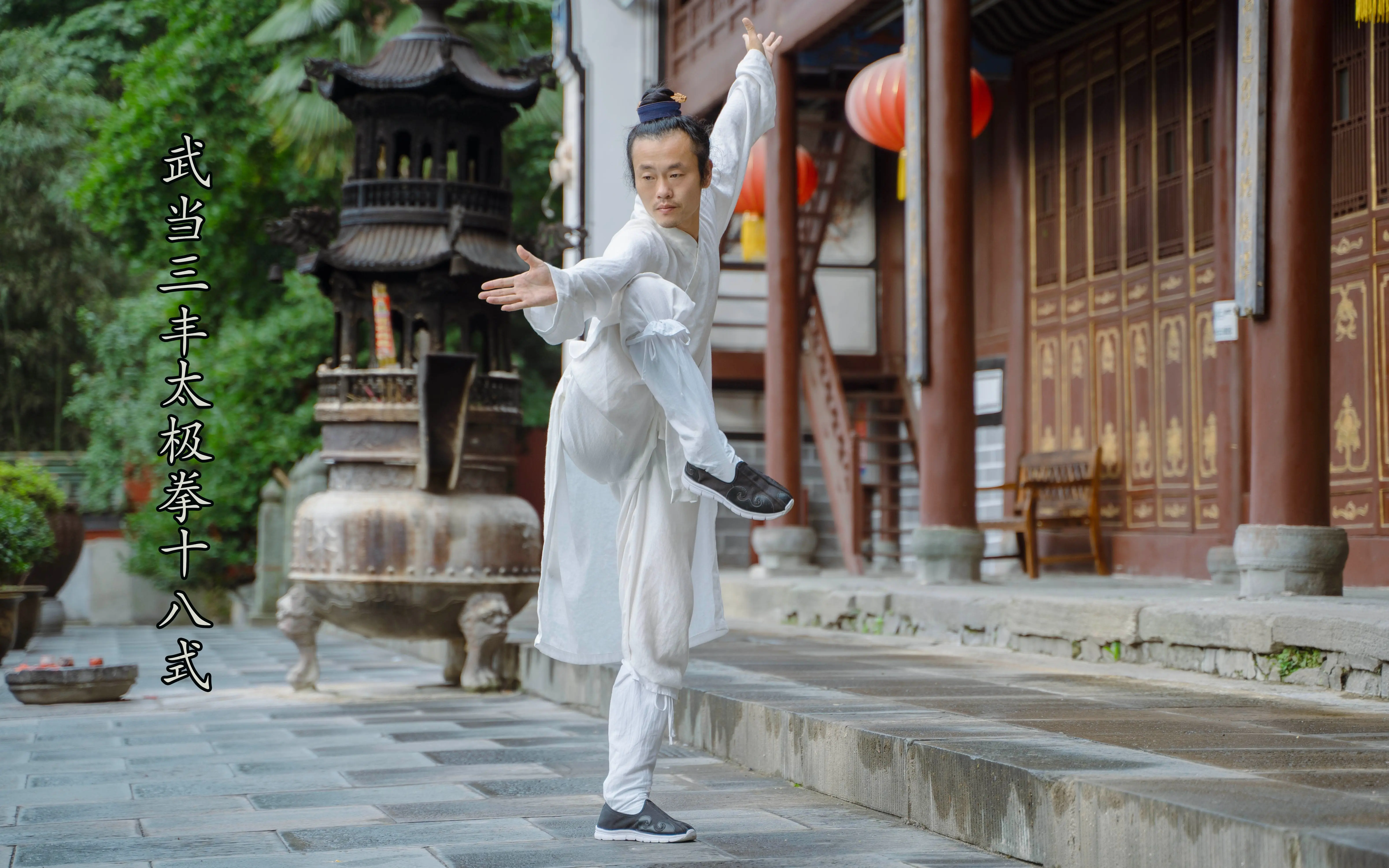
Tai chi chuan equipment and clothing basics
Unlike many martial arts, tai chi chuan requires minimal equipment – a blessing for beginners.
Comfortable, loose-fitting clothes (traditional silk or modern breathable fabrics) allow unrestricted movement. Flat-soled kung fu shoes provide grip without thick cushioning that interferes with balance.
Some practitioners use weighted vests (start with 2-5 lbs) to intensify stance training. For weapons practice, start with wooden swords (jian) or poles (gun) before progressing to metal versions. I recommend against overly thick soled tai chi shoes marketed to beginners – they actually hinder proper foot sensitivity. The only essential equipment is patience; as the old masters say, Tai chi chuan is a lifetime study – your first ten years are just learning how to stand properly.
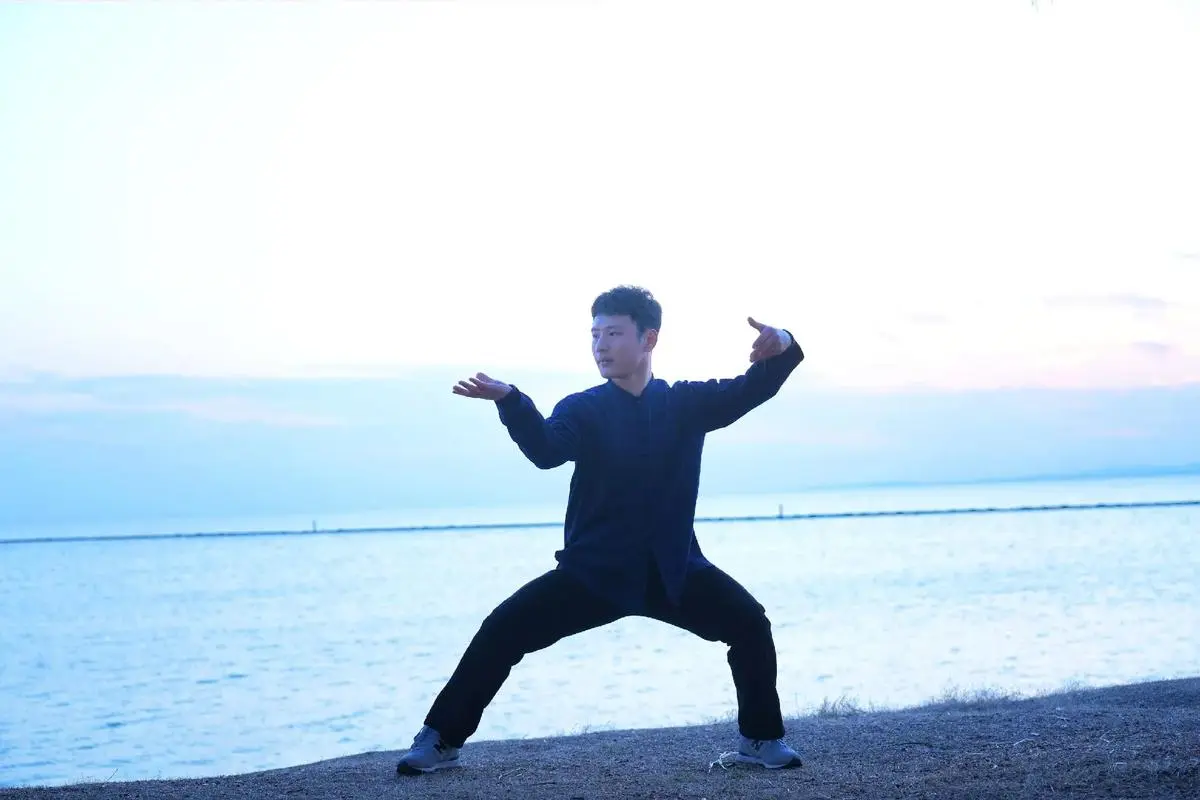
Finding qualified tai chi chuan instructors
A good tai chi chuan teacher makes all the difference in your practice.
Look for instructors with verifiable lineage (connection to recognized masters) and at least 5-10 years teaching experience. Be wary of those claiming secret techniques or overnight mastery – authentic tai chi chuan respects gradual progress.
Observe a class; students should demonstrate relaxed, coordinated movement without strain. The teacher should provide individual corrections, not just lead forms. Many quality instructors now offer hybrid online/in-person training – the Tai Chi Foundation’s directory lists vetted teachers worldwide. Remember, credentials matter less than teaching ability; I’ve learned profound lessons from village elders with no certificates but decades of dedicated practice. As the saying goes, When the student is ready, the teacher appears.
Tai chi chuan offers something rare in modern life – a practice that simultaneously strengthens body, calms mind, and connects us to centuries of wisdom. Whether you seek better health, self-defense skills, or simply a moving meditation, its adaptable nature meets diverse needs.
The beauty lies in its simplicity; no fancy equipment needed, just commitment to regular practice. Why not try a beginner class this week? As countless practitioners have discovered, the journey of a thousand miles begins with a single, perfectly balanced tai chi step.
